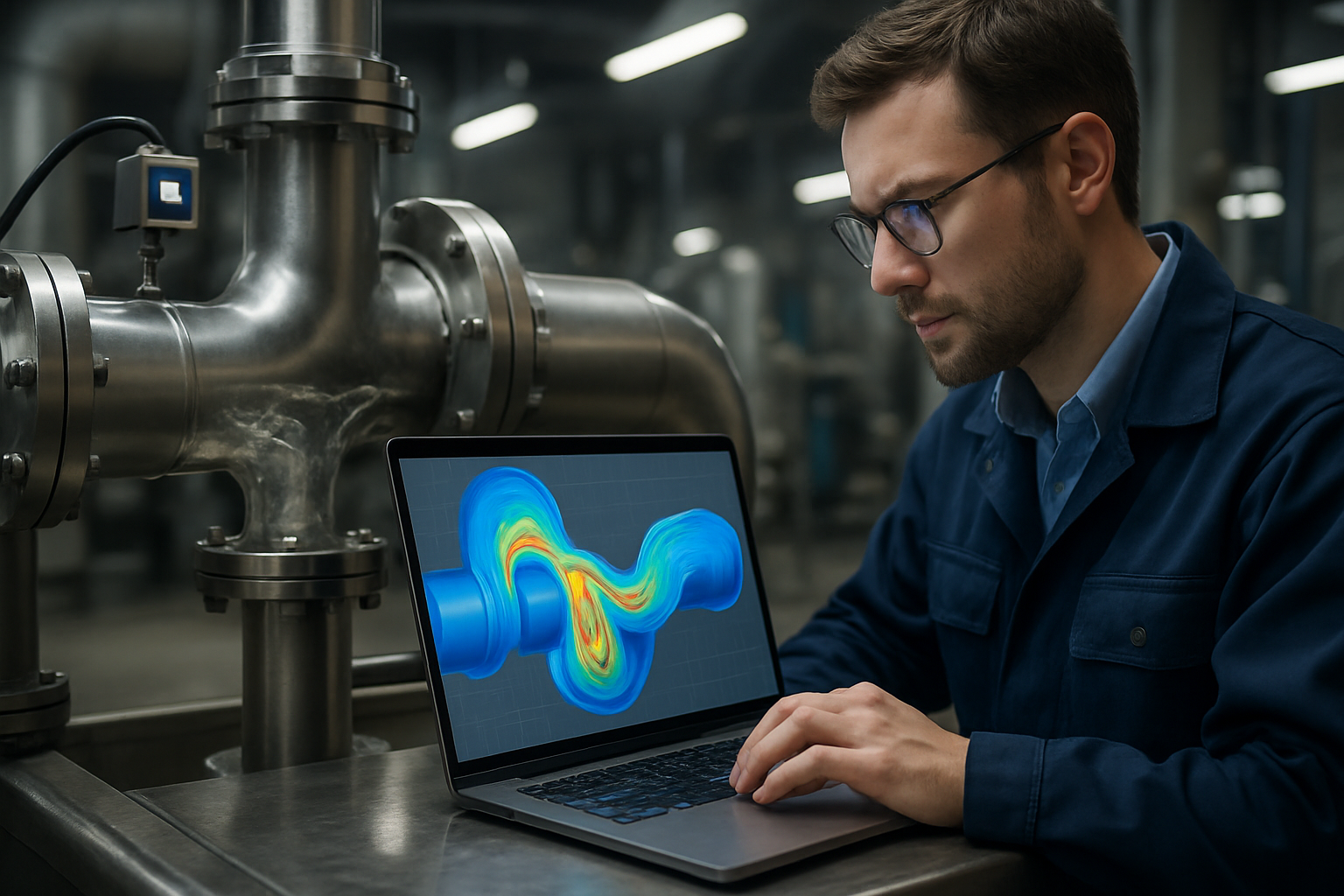Optimizing Industrial Fluid Dynamics: A Game-Changer for Process Efficiency
Fluid dynamics optimization is revolutionizing industrial processes, offering unprecedented control over material flow and energy efficiency. This cutting-edge approach combines advanced simulations, sensor technology, and innovative design to enhance productivity across diverse sectors. By fine-tuning fluid behavior, companies are unlocking new levels of operational excellence and cost savings.

The Evolution of Fluid Dynamics in Industry
Fluid dynamics has long been a crucial aspect of industrial operations, from the flow of oil in pipelines to the mixing of ingredients in food production. Traditionally, engineers relied on empirical data and simplified models to design systems involving fluid flow. However, these methods often led to suboptimal designs and inefficiencies. The advent of powerful computing technologies and sophisticated simulation software has ushered in a new era of fluid dynamics optimization.
Modern CFD simulations allow engineers to model complex fluid behaviors with unprecedented accuracy. These simulations can account for factors such as turbulence, heat transfer, and multi-phase flows, providing insights that were previously unattainable. By running thousands of virtual experiments, engineers can now identify optimal designs and operating conditions without the need for costly physical prototypes.
Sensor Technology and Real-Time Optimization
The integration of advanced sensor technology has further enhanced the capabilities of fluid dynamics optimization. High-precision flow meters, pressure sensors, and temperature probes provide real-time data on fluid behavior throughout industrial systems. This continuous stream of information allows for dynamic adjustments to process parameters, ensuring optimal performance even as conditions change.
Machine learning algorithms are increasingly being employed to analyze sensor data and make predictive adjustments to fluid systems. These AI-driven solutions can anticipate potential issues, such as equipment fouling or flow instabilities, and take preemptive action to maintain peak efficiency. The result is a more resilient and adaptive industrial process that can respond to changing conditions in real-time.
Design Innovations for Enhanced Fluid Control
Advancements in materials science and manufacturing techniques have opened up new possibilities for fluid control in industrial settings. For example, 3D-printed flow channels with intricate geometries can now be produced, allowing for precise manipulation of fluid behavior at the microscale. These design innovations enable more efficient mixing, separation, and heat transfer processes.
Biomimetic designs inspired by natural fluid systems are also gaining traction. Engineers are studying the fluid dynamics of plant vascular systems, fish scales, and even the human circulatory system to develop more efficient industrial fluid handling solutions. These nature-inspired designs often result in reduced energy consumption and improved overall system performance.
Cross-Industry Applications and Benefits
The impact of fluid dynamics optimization extends across a wide range of industries. In the chemical sector, optimized reactor designs are improving yield and selectivity while reducing energy consumption. Power plants are using advanced fluid simulations to enhance cooling system efficiency, leading to increased electricity generation and reduced water usage. Even the food and beverage industry is benefiting, with optimized mixing and dispensing systems that ensure product consistency and reduce waste.
One particularly promising application is in the field of wastewater treatment. By optimizing the fluid dynamics of treatment processes, facilities can increase their capacity, reduce chemical usage, and improve the quality of treated water. This not only has environmental benefits but also translates to significant cost savings for municipalities and industrial operators.
Challenges and Future Directions
While the potential of fluid dynamics optimization is immense, several challenges remain. The complexity of many industrial fluid systems can make accurate modeling difficult, requiring significant computational resources. Additionally, the integration of advanced fluid control systems into existing industrial infrastructure can be costly and disruptive.
Looking ahead, researchers are exploring the use of quantum computing to tackle even more complex fluid dynamics problems. This could potentially unlock new levels of optimization that are currently beyond reach. Another area of focus is the development of self-optimizing fluid systems that can autonomously adapt to changing conditions without human intervention.
Practical Insights for Industrial Fluid Dynamics Optimization
• Conduct a thorough audit of your current fluid systems to identify potential areas for improvement
• Invest in high-quality CFD software and train your engineering team in its effective use
• Implement a network of smart sensors to gather real-time data on fluid behavior throughout your processes
• Consider partnering with academic institutions or specialized consulting firms to access cutting-edge fluid dynamics expertise
• Explore biomimetic design principles for inspiration in solving complex fluid control challenges
• Prioritize projects with the highest potential for energy savings and efficiency gains
• Regularly update your fluid dynamics models to incorporate new data and insights
As industries continue to push the boundaries of efficiency and sustainability, fluid dynamics optimization stands out as a powerful tool for achieving these goals. By harnessing the latest advances in simulation, sensing, and design, companies can unlock new levels of performance in their fluid-based processes. The future of industrial operations will undoubtedly be shaped by our ability to understand and control the complex world of fluid dynamics.




